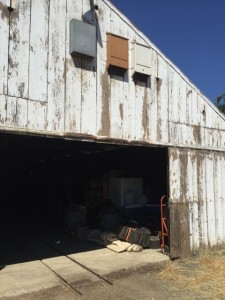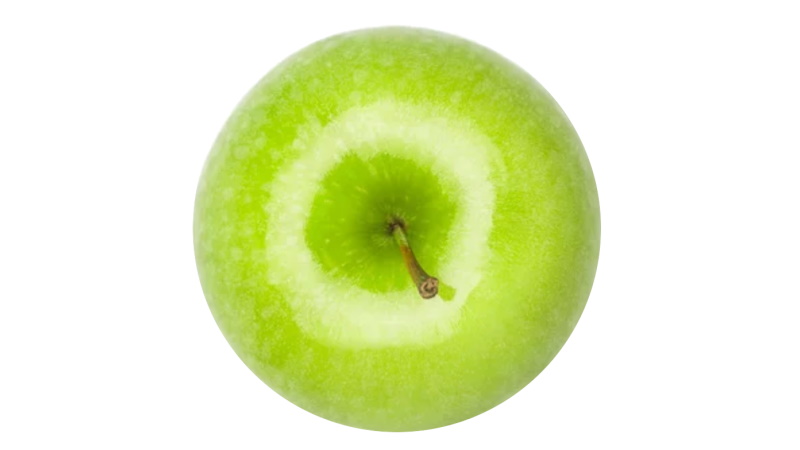Attract Bats For Improved Insect Control

Bat houses installed throughout orchards attract bats, who feast on crop pests at night.
Photo: Kate Ingram
Would you like to reduce insecticide applications while also lowering the number of codling moths in your orchard? You might be able to, with the help of bats.
Kate Ingram, a wildlife ecology PhD student at the University of California, Davis, is trying to determine just how helpful bats can be in orchards. “My project is attempting to really look at the interaction between bats and crop pests in walnuts specifically,” she says.
Ingram is by using acoustic recording devices placed in walnut orchards to record bats and see what species are out there, and how often they’re flying by. This will allow her to create an activity index, where she can compare organic to conventional walnut groves, as well as groves that have bat boxes and those that don’t, to see how bat activity differs in each scenario.
Through these recordings, Ingram has determined that up to 10 species of bats are active in walnut orchards and, in some cases, they’re making thousands of feeding buzzes each night when they’re about to home in on an insect. “Those feeding buzzes show me not only are bats present on walnut groves, but they’re eating things,” she says.
Ingram is also collecting bat guano from underneath bat roosts and submitting that guano to a DNA analysis to determine whether bats are eating codling moth. Although the research is still in its preliminary stages, it looks like about 10% of guano samples have coddling moth DNA in them. “That’s a pretty nice number that I can hopefully plug into economic models to show if you have bat houses around, this is about how much you can expect bats are taking care of coddling moths, and so this is how much bats are saving you every year in terms of sprayings or pheromone disruptors,” Ingram says.
Attracting Bats
So how do you attract more bats to your orchards? Putting up bat houses is a good start, Ingram says. There’s no rule about how many bat houses to install per acre, and Ingram is of the mindset that the more the better. They can be placed on poles erected in the middle of fields, or on structures on the property. But, food safety needs to be considered. That means keeping bats away from equipment like tractors, where nuts could come into contact with bat guano.
“There are obviously trade-offs between having wildlife on your farm and the benefits they may have and the damage or the worries that they may cause,” Ingram says. “In my humble opinion, bats are not very damaging, but you do have to be cautious about where you put up your bat houses.”
For growers interested in learning how to make and where to place bat houses, Bat Conservation International is an excellent resource.










